This should be a given as CE is mandatory in the UK, but there are now companies in the far east openly promoting products that are compliant and ones that are not. The cost difference between compliant and non-compliant products can be as much as 40%.
It is practically impossible for a customer to know whether a suppliers product complies fully with all aspects of CE, as they ultimately don’t have the appropriate equipment for testing this. One easy way to visually identify whether a product complies is to look at the information printed on the lamp and packaging, as certain information has to be on there to comply with the ERP part of CE now.
Over many years, Philips have created a large portfolio of patents on LED lighting technologies and product design, and to date, have 1,300 granted patents. In turn, they launched their licensing programme back in 2008, with the aim of driving business within the LED lighting market.
If brands infringe on Philips patents and have not joined their licensing programme, there is a potential for legal action to be taken. We are proud to say all Fusion LED lamps comply with all aspects of CE and the Philips licensing programme to give our customers the confidence to purchase our products.
On a daily basis, new suppliers are emerging in the LED market and many of them are often newly founded companies with a poor cash flow, ultimately meaning if they have an issue with failing products and cannot afford to honour their guarantees. It is quite likely the company will go into liquidation. Where does the guarantee then lie?
Back to top

Choosing any one of the shades is a matter of personal taste, individual perception, local preference and the type of atmosphere to be created. Cultural influences should also be considered, for example people in northern Europe prefer warm white, while southern Europeans tend to choose cool white.
| TYPICAL APPLICATIONS | DAYLIGHT DELUXE | DAYLIGHT | COOL WHITE | WHITE | WARM WHITE | WARM WHITE DELUXE |
|---|---|---|---|---|---|---|
| Office Buildings | ||||||
| Corridors | • | • | ||||
| Offices | • | • | • | • | ||
| Conference Rooms | • | • | • | |||
| Industry & Commerce | ||||||
| Electrical Industry | • | • | • | |||
| Textile Industry | • | • | • | |||
| Woodworking Industry | • | • | • | |||
| Printers | • | • | ||||
| Colour Matching Studios | • | • | ||||
| Warehouses | • | • | ||||
| Schools/Lecture Rooms | ||||||
| Classrooms | • | • | • | • | ||
| Libraries | • | • | • | • | ||
| Retail Premises | ||||||
| Groceries | • | • | • | • | ||
| Bakeries | • | • | ||||
| Refrigeration/Deepfreezers | • | |||||
| Dairy Goods/Meat/Fish | • | • | ||||
| Sports Goods | • | • | • | • | ||
| Public Buildings | ||||||
| Restaurants/Theatres/Hotels etc | • | • | ||||
| Exhibition Rooms | ||||||
| Exhibition Halls/Trade Fairs | • | • | ||||
| Sports Halls | • | • | • | • | ||
| Art Galleries/Museums | • | • | • | • | • | • |
| Hospitals and Surgeries | ||||||
| Consulting/Treatment Rooms | • | • | ||||
| Hospital Wards/Waiting Rooms | • | • | • | • | ||
Back to top
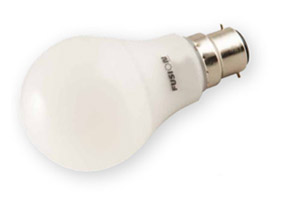
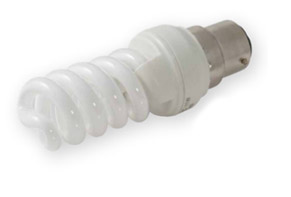
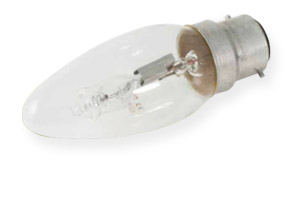
Back to top
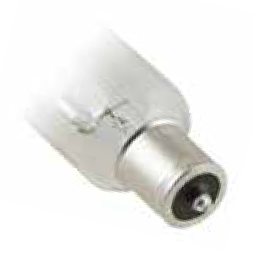
S15s
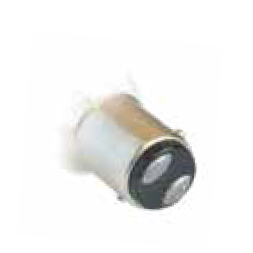
SBC/B15
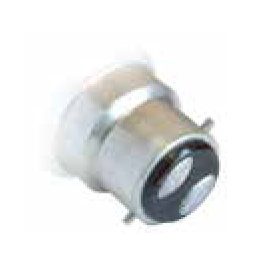
BC/B22
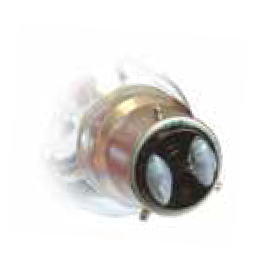
3PBC
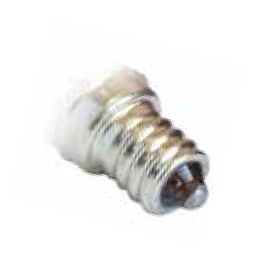
MES/E10
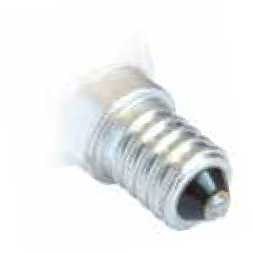
SES/E14
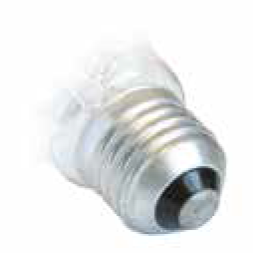
ES/E27
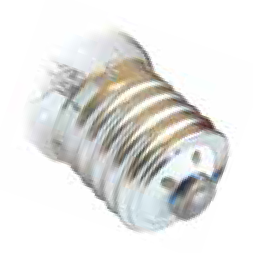
GES/E40
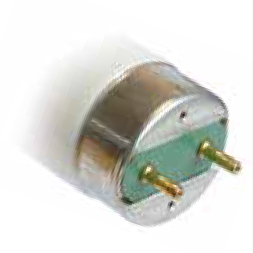
G13
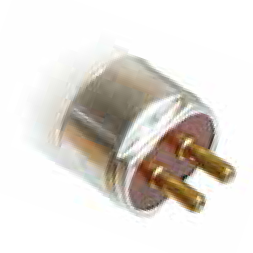
G5
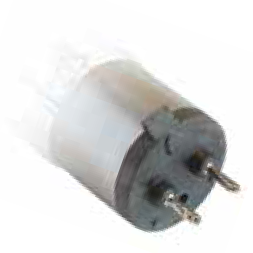
PG12-1
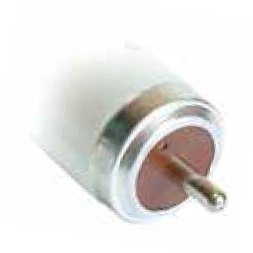
FA6
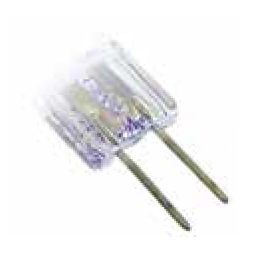
G4
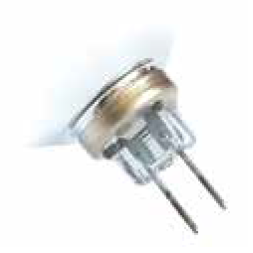
GY4
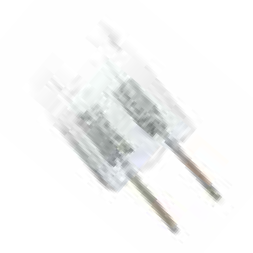
G6.35
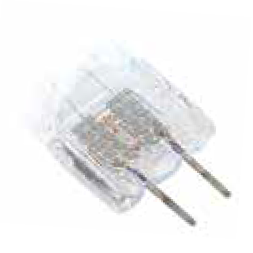
GX6.35
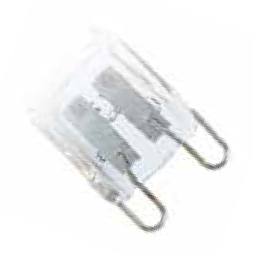
G9
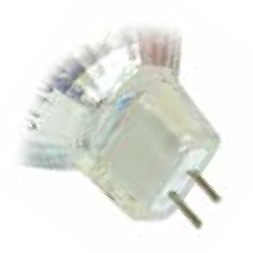
GU4
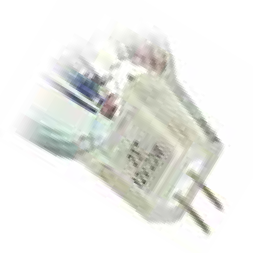
GZ4
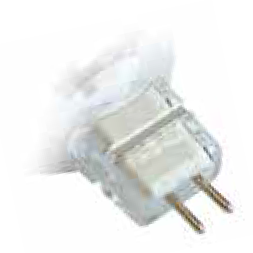
GU5.3
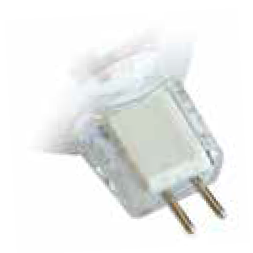
GX5.3
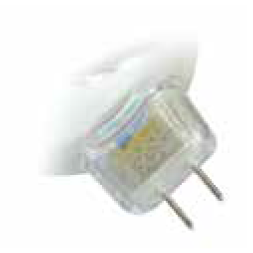
GZ6.35
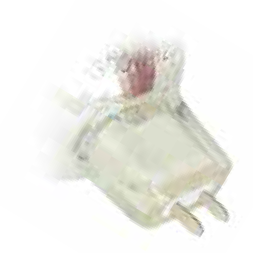
GY5.3
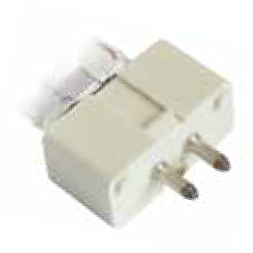
GX9.5
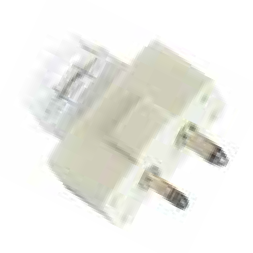
G9.5
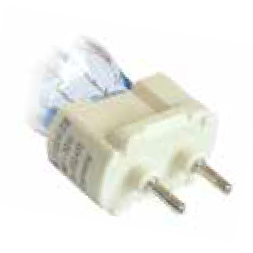
G12
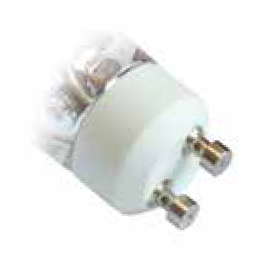
GU10
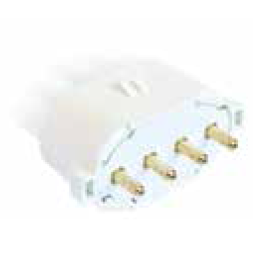
2G7
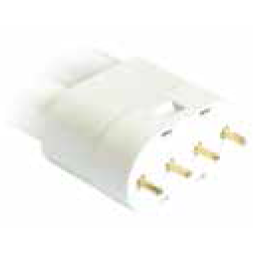
2G11
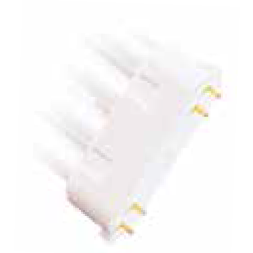
2G10
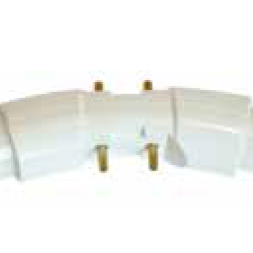
GX13
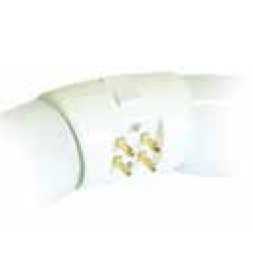
G10q
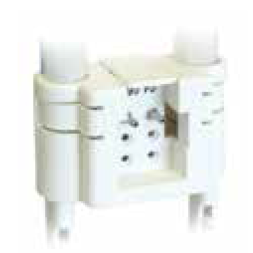
GR8
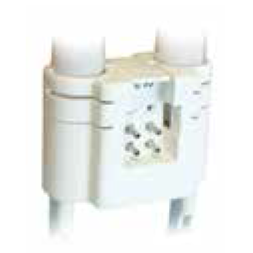
GR10q
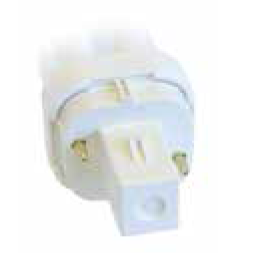
G24-d1
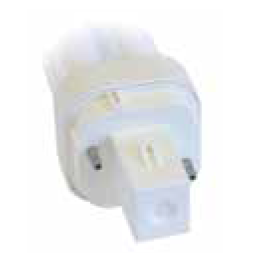
G24-d2
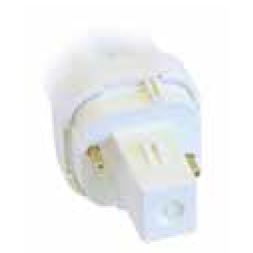
G24-d3
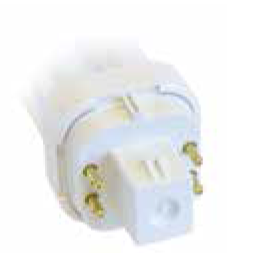
G24-q1
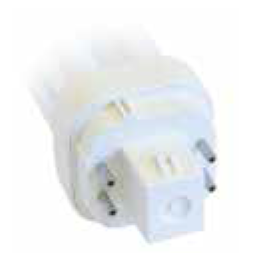
G24-q2
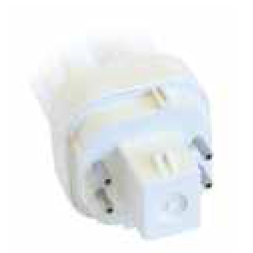
G24-q3
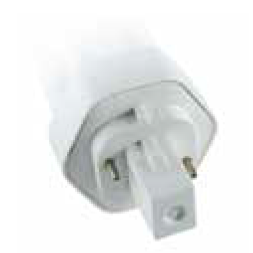
GX24-d1
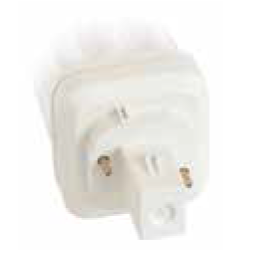
GX24-d2
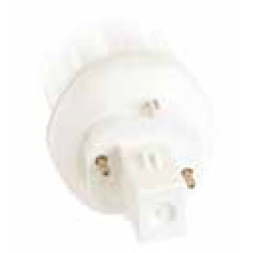
GX24-d3
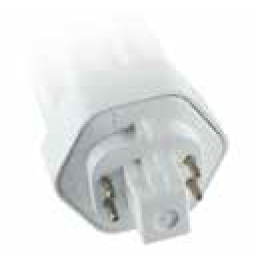
GX24-q1
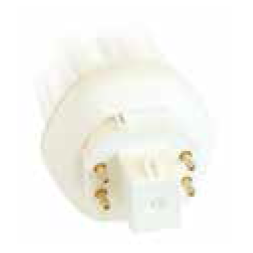
GX24-q2
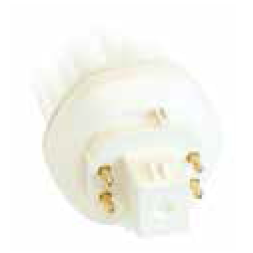
GX24-q3
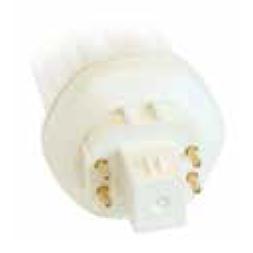
GX24-q4
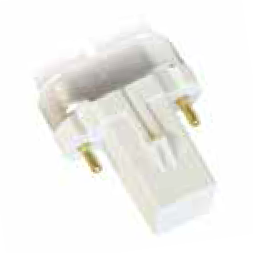
G23
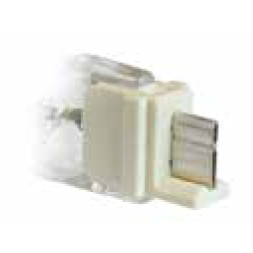
FC2
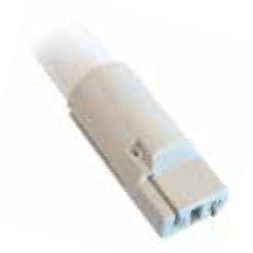
W4.3
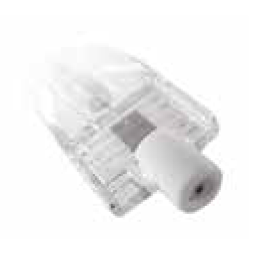
Rx7s
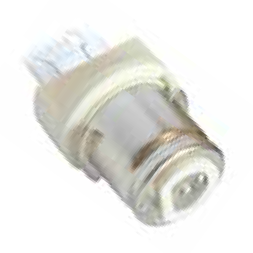
P28s
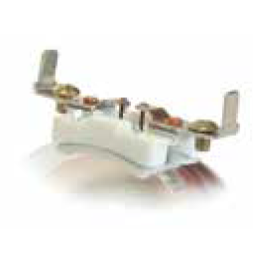
G53
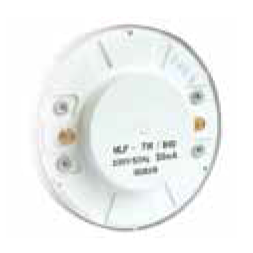
GX53
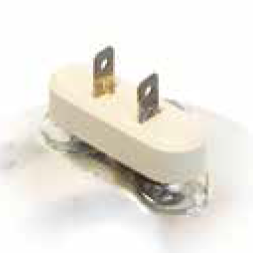
GX16d
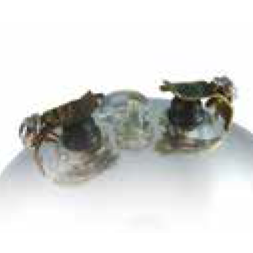
Screw Terminal
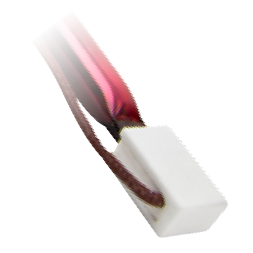
SK15
Back to top
You may be aware that the EU have been phasing out (banning) the manufacture of inefficient lamps over recent years, with the ultimate aim of lamps to be much more energy efficient.
Please see the update below on which lamps are banned, or are due to be:
Timeline
Sept 2009
All non-clear incandescent 100W clear incandescentApril 2010
T8 Halophosphate tubesSept 2010
75W clear incandescentSept 2011
60W clear incandescentApril 2012
Sodium (SON)April 2012
T12 HalophosphateSept 2012
40W & 25W clear incandescentSept 2013
MR16 50WSept 2013
AR111 75W & 100WSept 2014
Reflectors incandescentSept 2014
AR111 50WSept 2014
MR11 & MR16, 20W & 35WApril 2015
MBFUFeb 2016
Incandescent striplightsMarch 2016
Heavy duty (rough service) & vintage incandescentSept 2016
Halogen GU10, PAR38, PAR30, PAR25 & PAR20Sept 2016
Halogen energy saving reflectorsApril 2017
Metal halide (quartz) ES & E40Sept 2018
Halogen energy saving candles, golfballs & GLSSept 2018
Low Voltage halogen capsulesHowever, in line with all previous lamp bans, it is still legal to sell and install these lamps. Ultimately, once all existing stocks are depleted, these lamps will no longer be available. You may wish to take this opportunity to “stock up”, or alternatively ask us about other energy saving options, such as LED replacements.
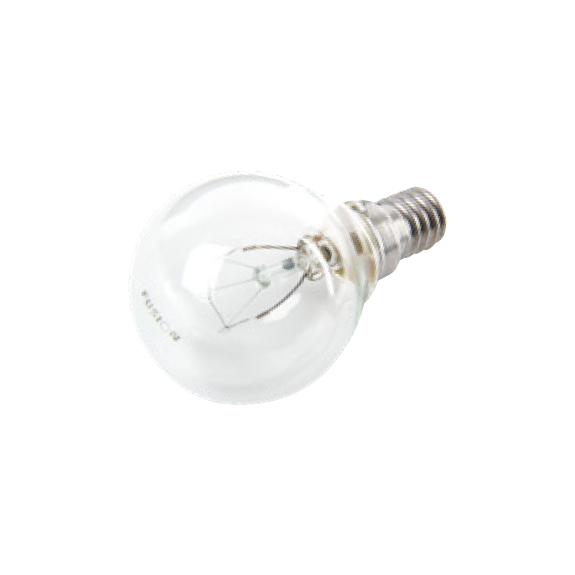 25W/40W Incandscent
25W/40W Incandscent
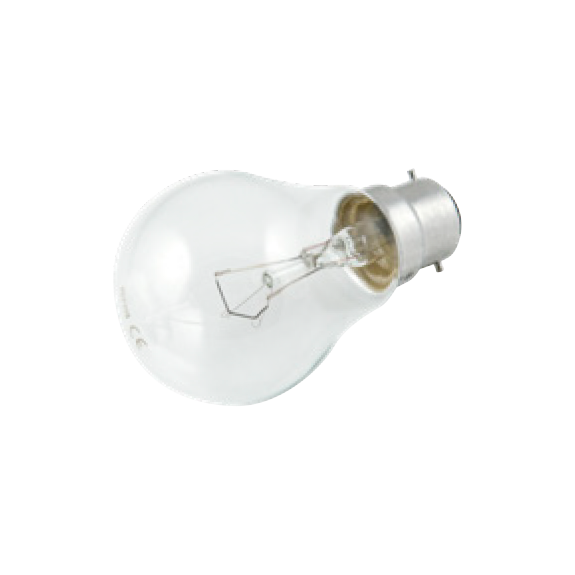 75W Incandscent
75W Incandscent
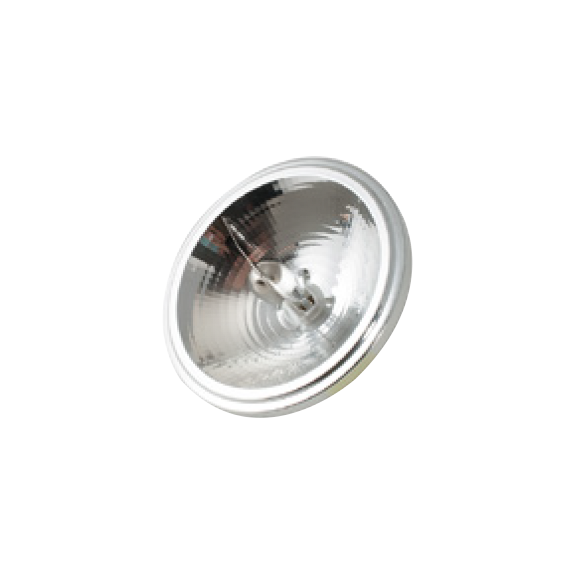 AR111
AR111
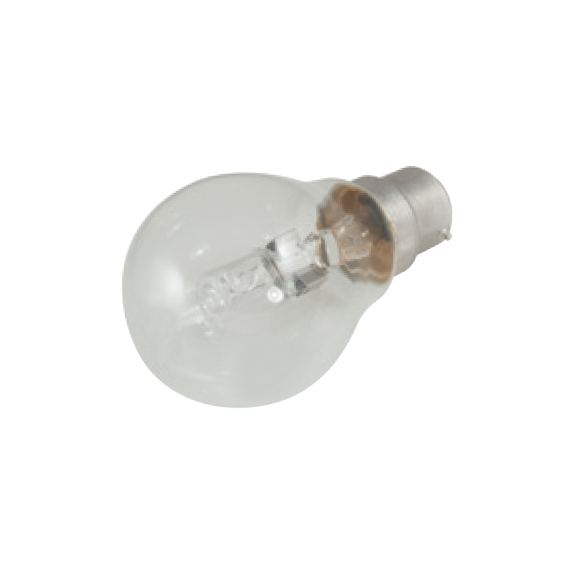 Halogen energy saving gls
Halogen energy saving gls
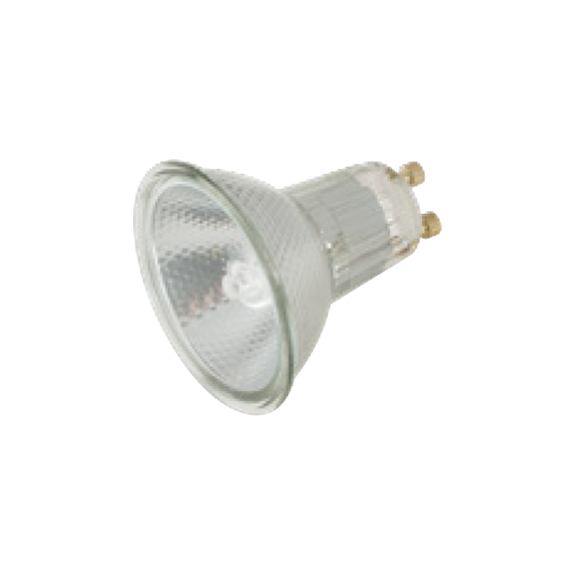 HALOGEN GU10
HALOGEN GU10
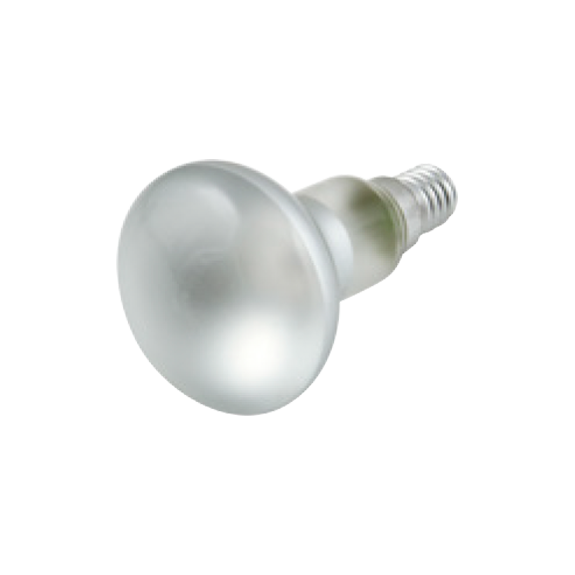 INCANDESCENT REFLECTOR
INCANDESCENT REFLECTOR
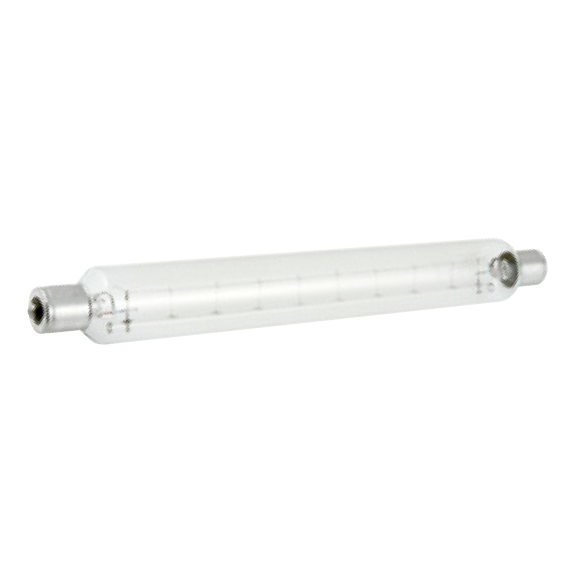 INCANDESCENT STRIPLIGHT
INCANDESCENT STRIPLIGHT
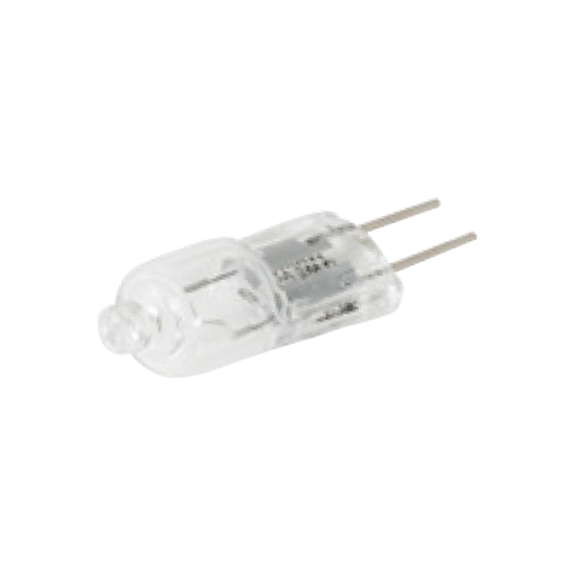 LOW VOLTAGE HALOGEN CAPSULE
LOW VOLTAGE HALOGEN CAPSULE
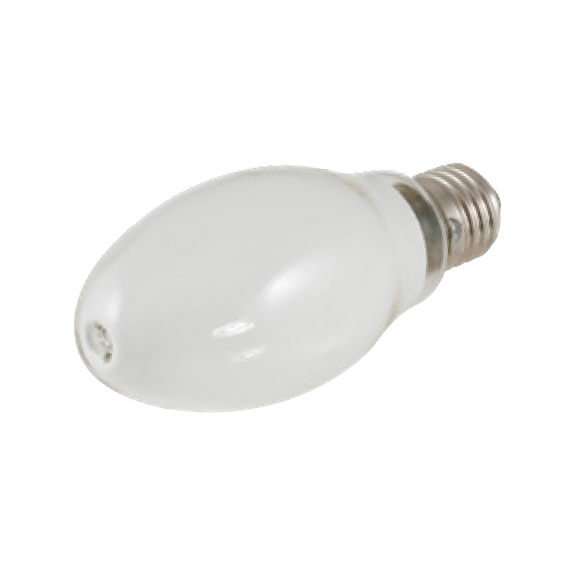 MBFU
MBFU
-1b1b80564f48909338f44f8f9f79bcfc366499cd114c6fc9e60cee6479364bd5.png) METAL HALIDE (QUARTZ)
METAL HALIDE (QUARTZ)
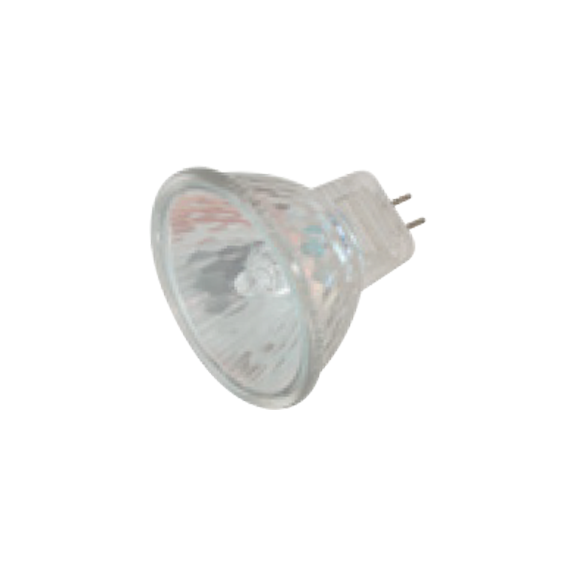 MR11 & MR16
MR11 & MR16
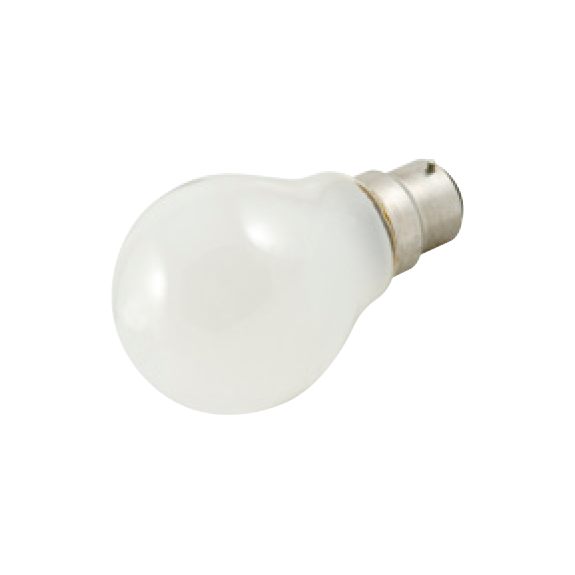 OPAL INCANDESCENT
OPAL INCANDESCENT
-9425898d70afcd3ee91a96c991375d98bc9f275e213caabcbea584dae9930831.png) SODIUM (SON)
SODIUM (SON)
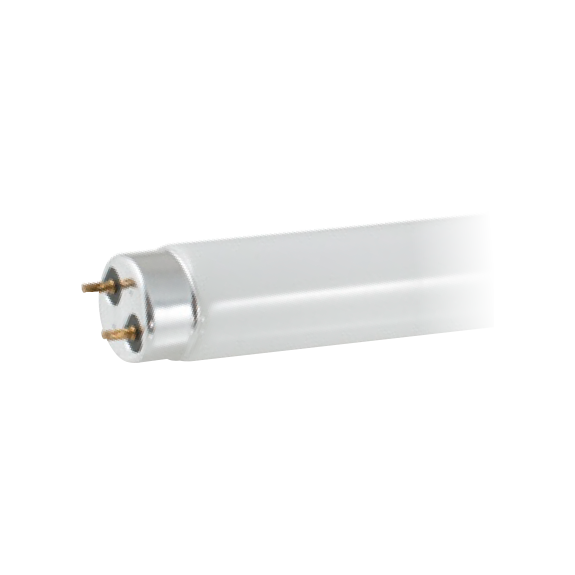 T8 HALOPHOSPHATE
T8 HALOPHOSPHATE